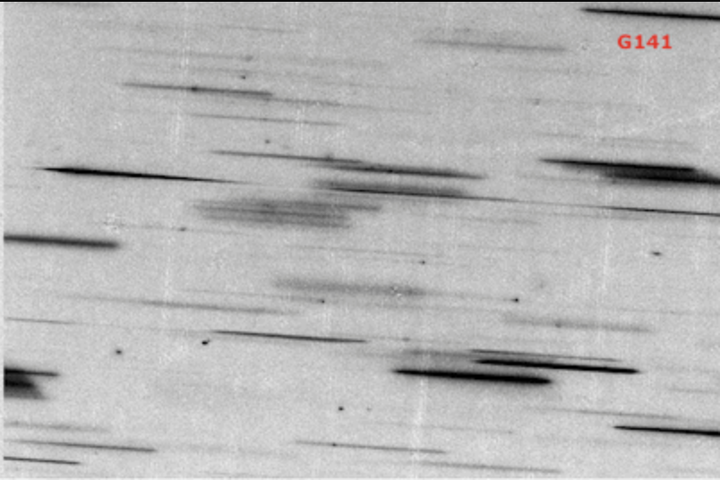Searching for Distant Galaxies with Hubble

LINK TO POSTER
With ever increasing capability, we are now able to push galaxy evolution studies to extreme high redshift (z>6). At these early times, the first galaxies begin forming stars but some of their light is quickly absorbed by the neutral intergalactic medium. We utilise the unique multiplexing capacity of slitless grism spectroscopy to explore large samples of candidate systems (6<z<13) using Bayesian techniques to quantify line detections. We present preliminary results of 29 spectroscopic candidates selected for the first time as extreme high redshift galaxies.
Continued by Julia Tiller, DAWN International Research Experience Student (NSF)
Intensive observations required to spectroscopically secure such a faint source necessitates a careful evaluation of the photometry from which the redshift prior is based. Photometric data were re-evaluated by examining individual image cutouts to discount erroneous measurements. Of the 29 galaxies, 3 are found to be outright spurious and 17 are advanced as high-confidence candidates for follow-up observation.